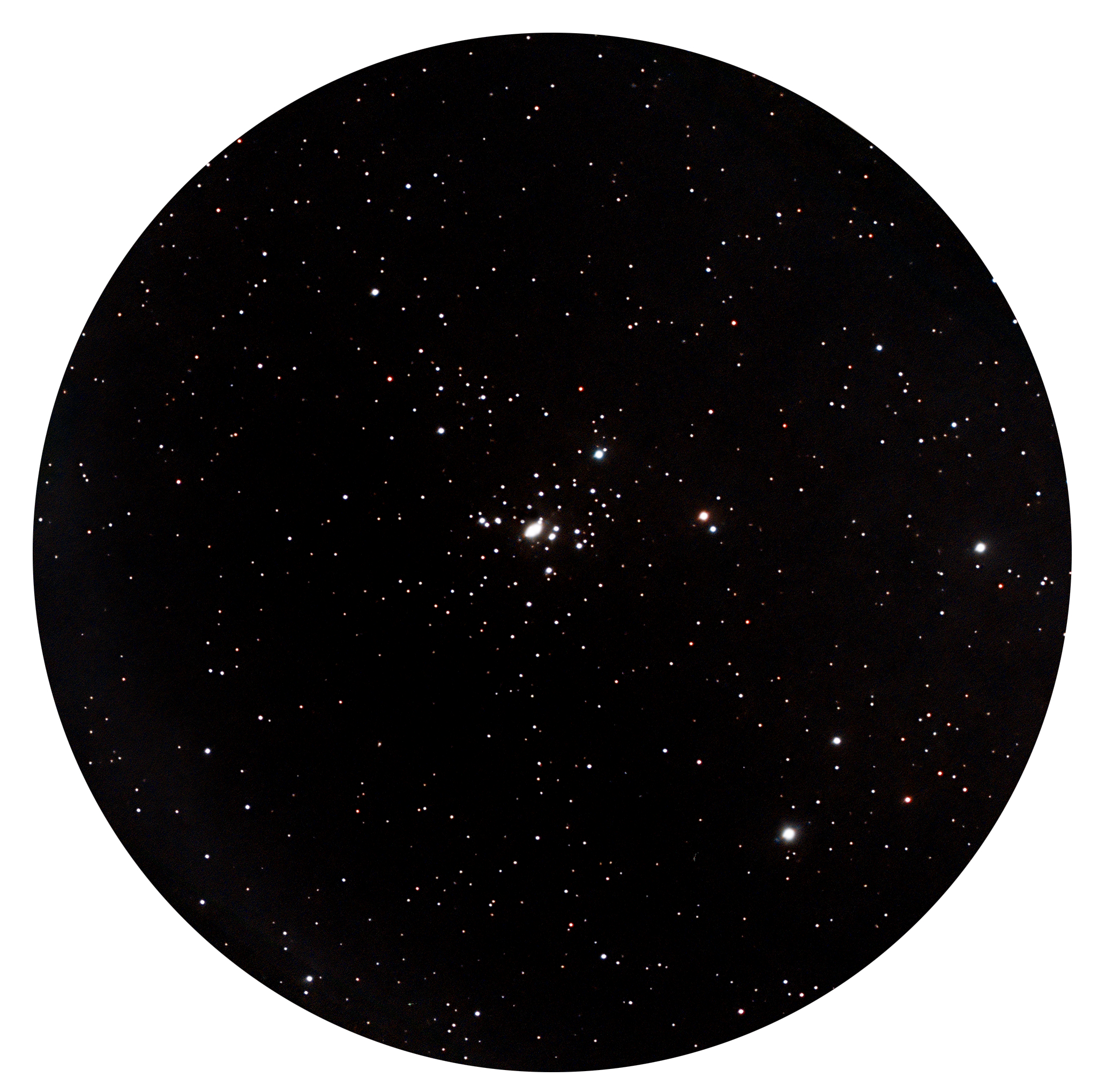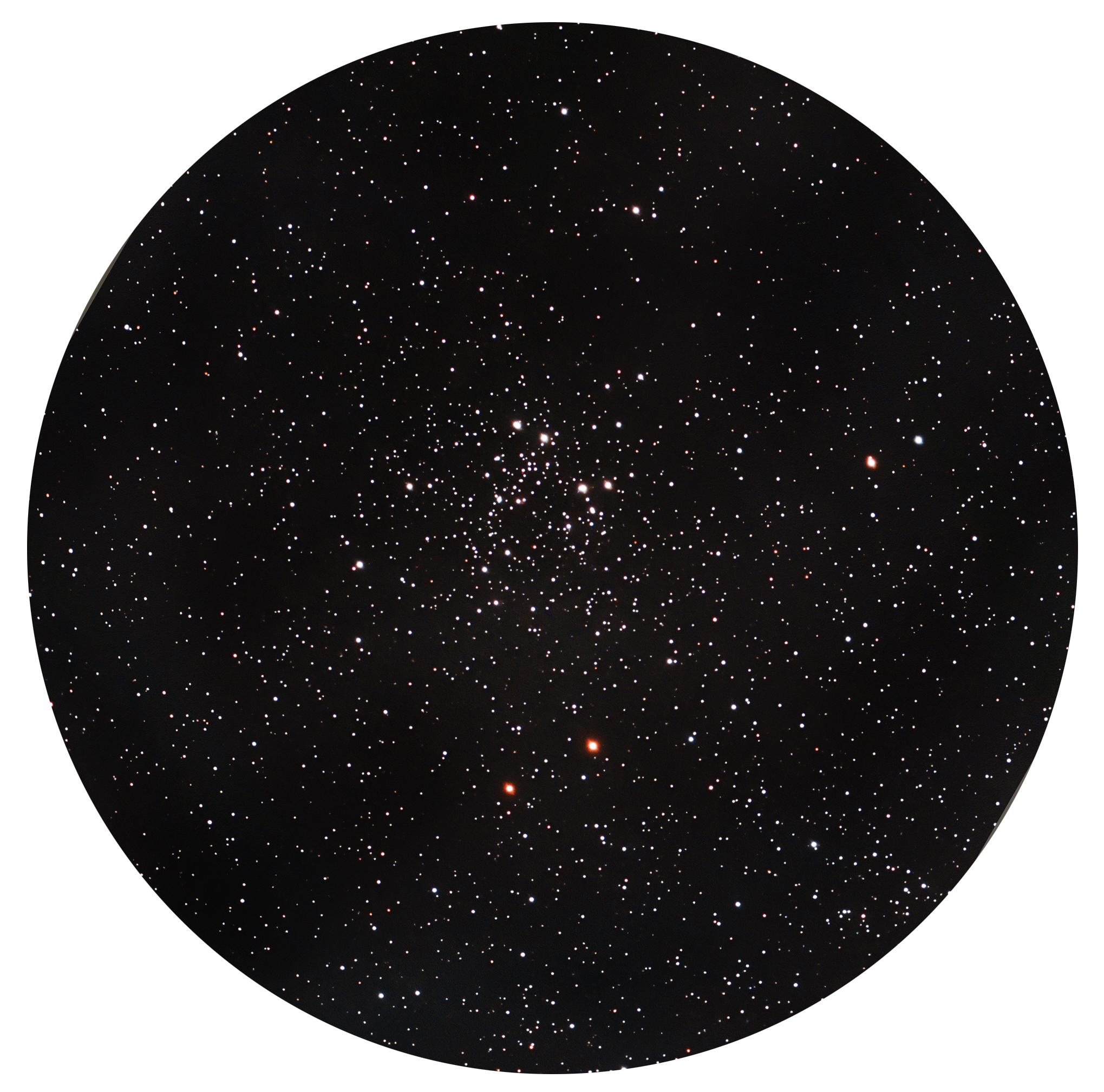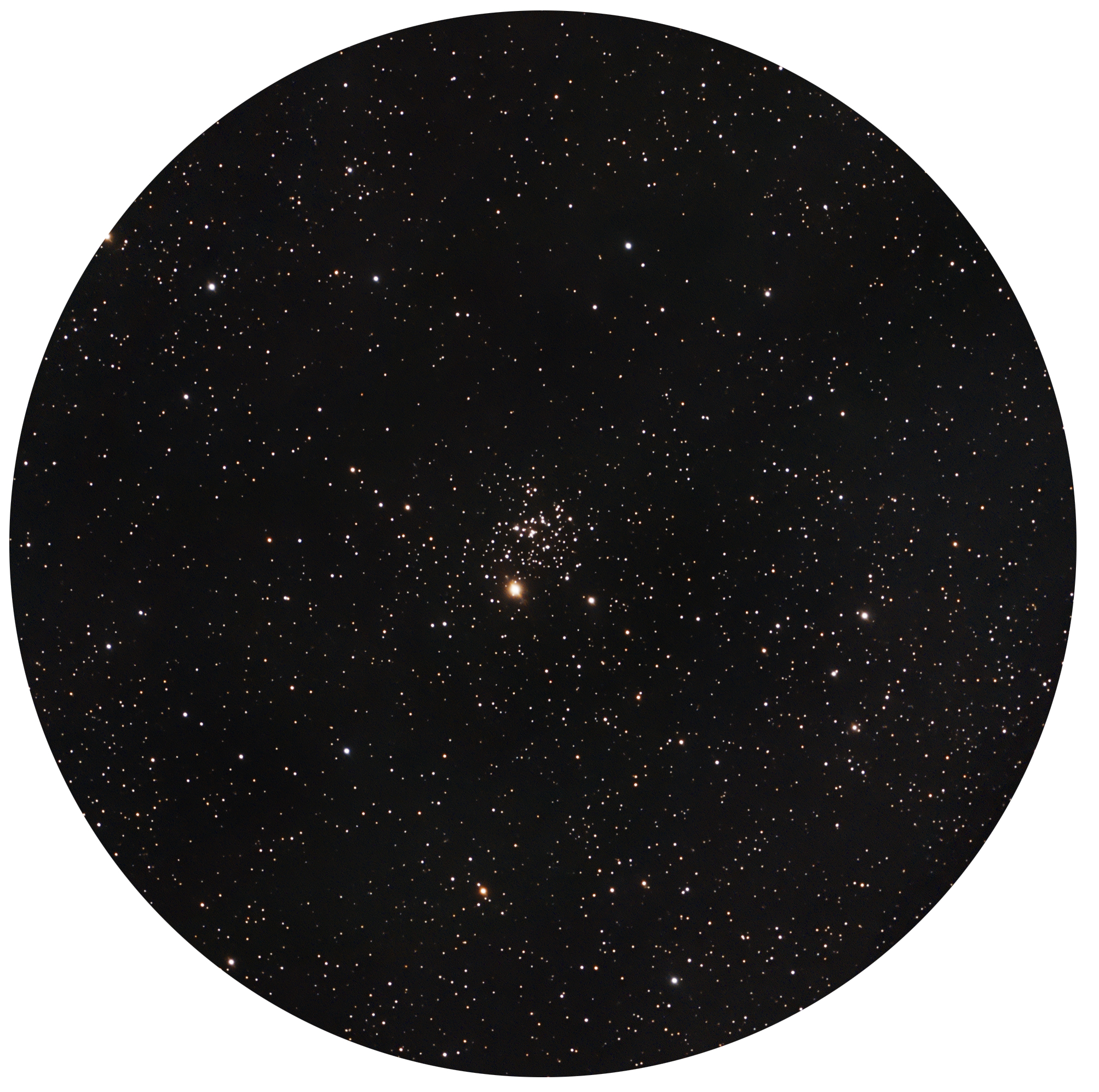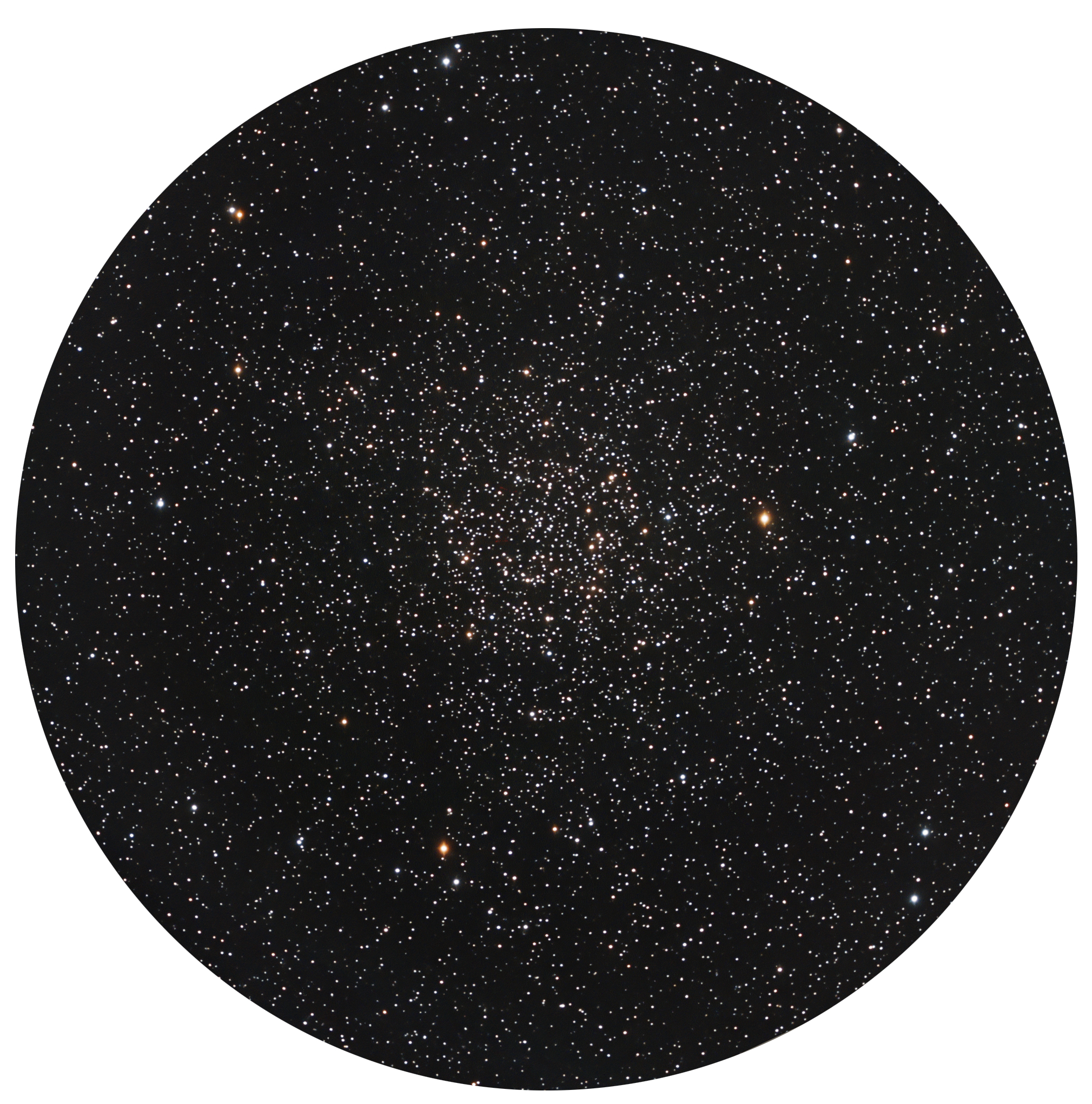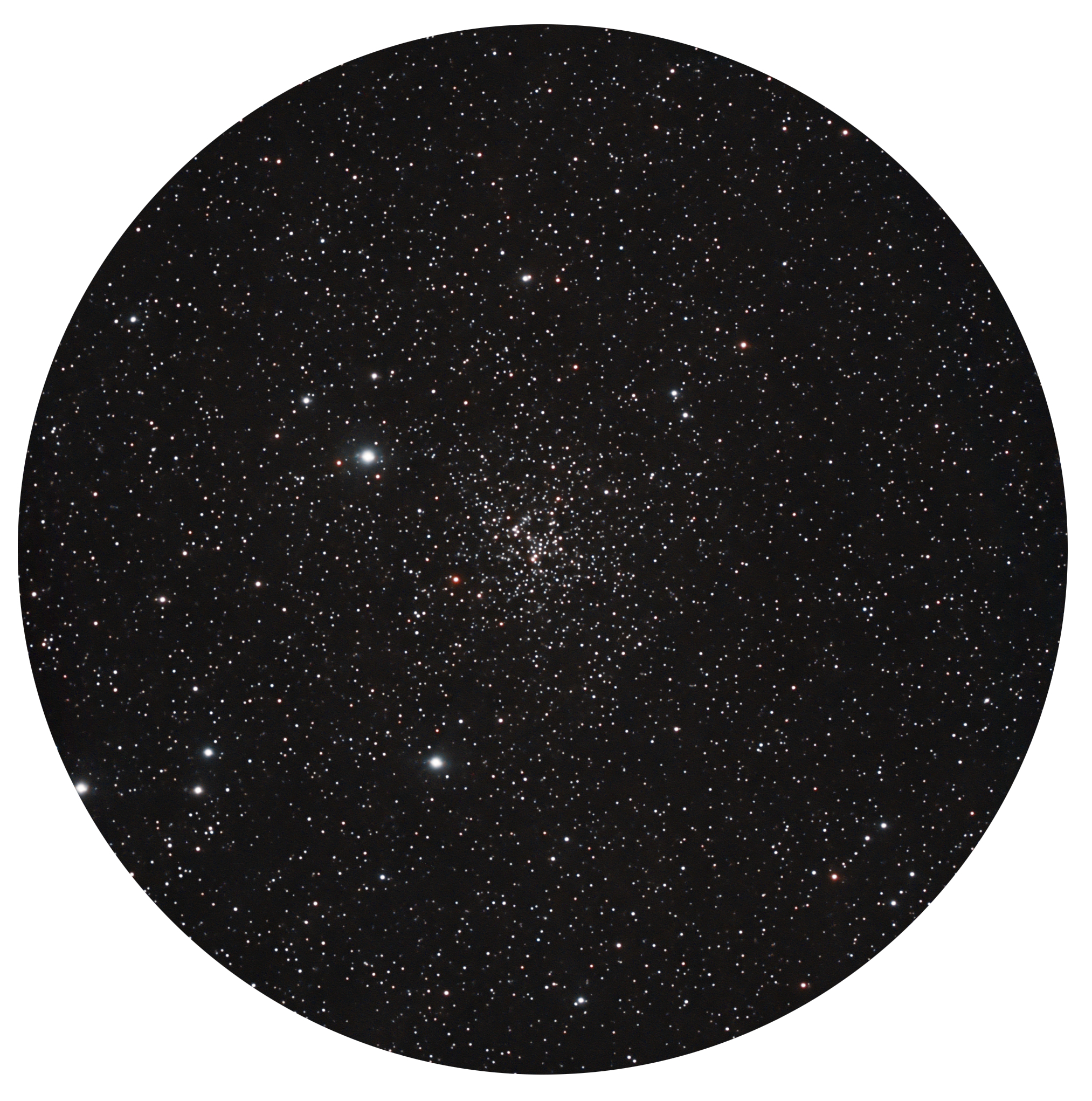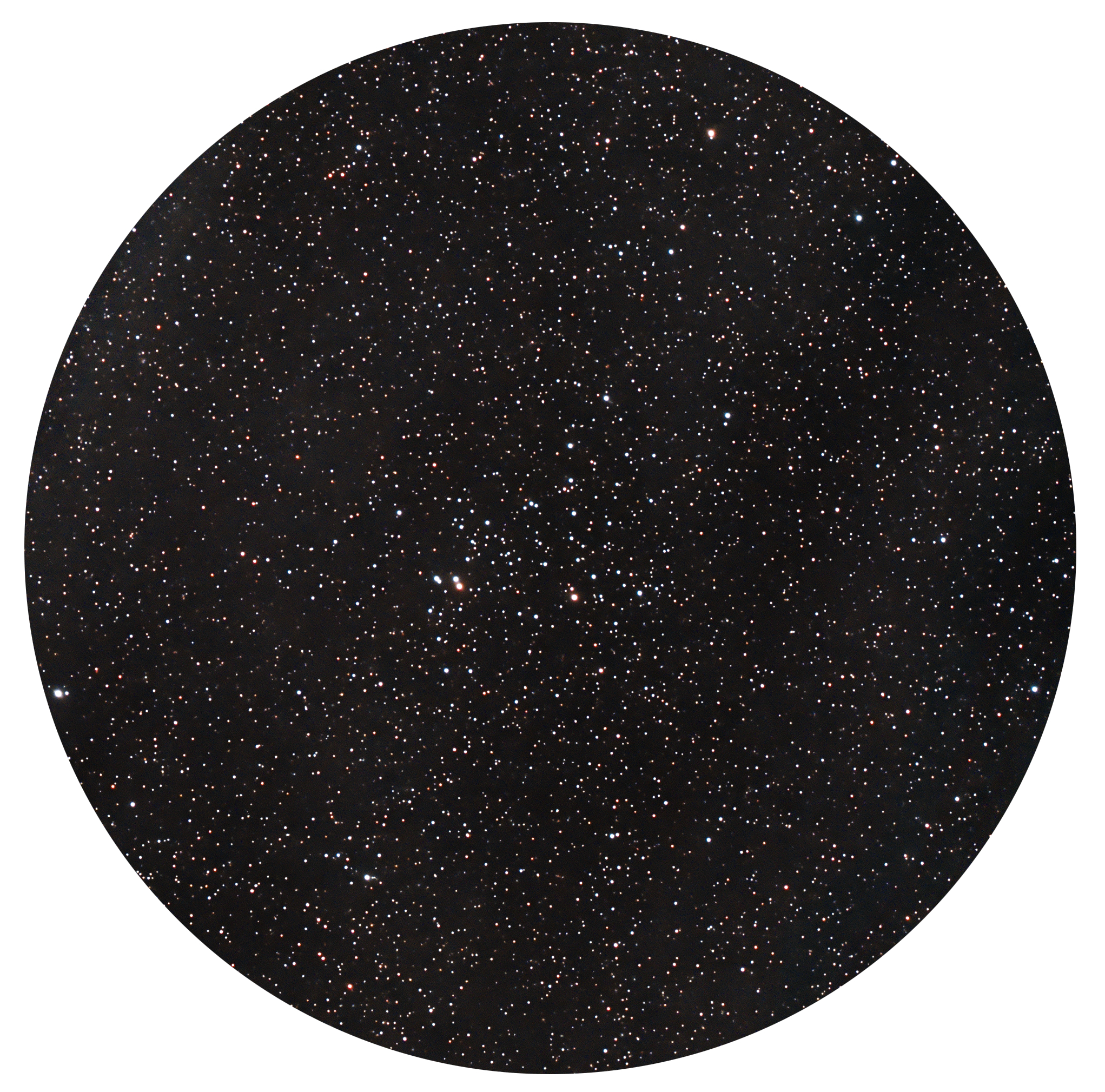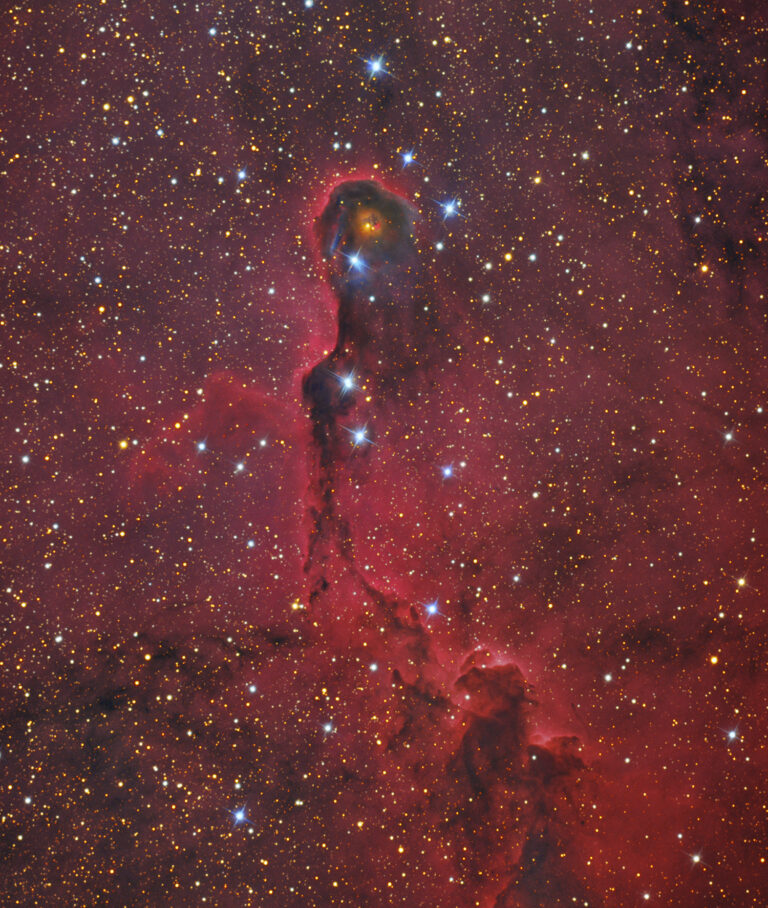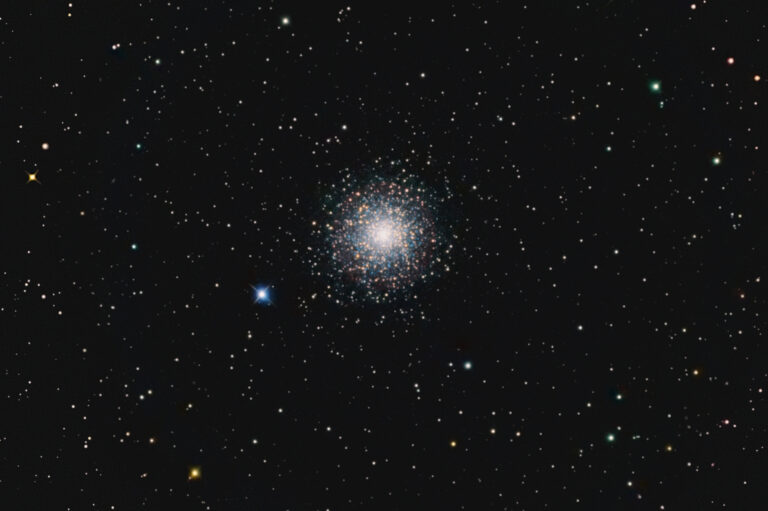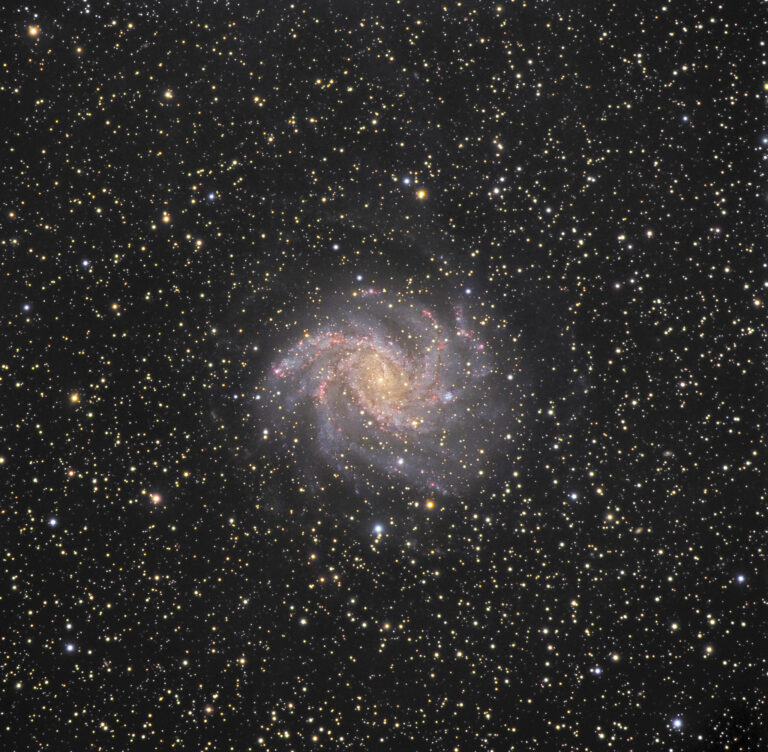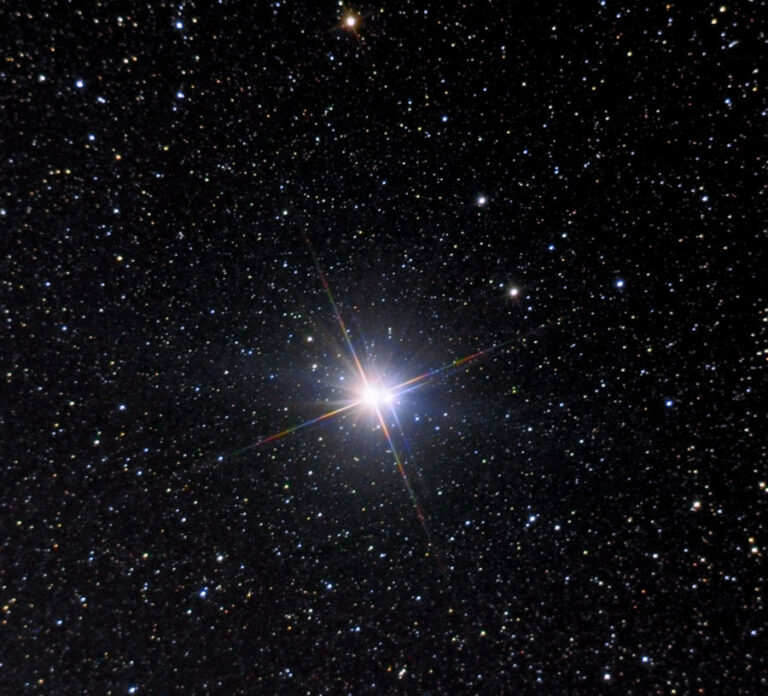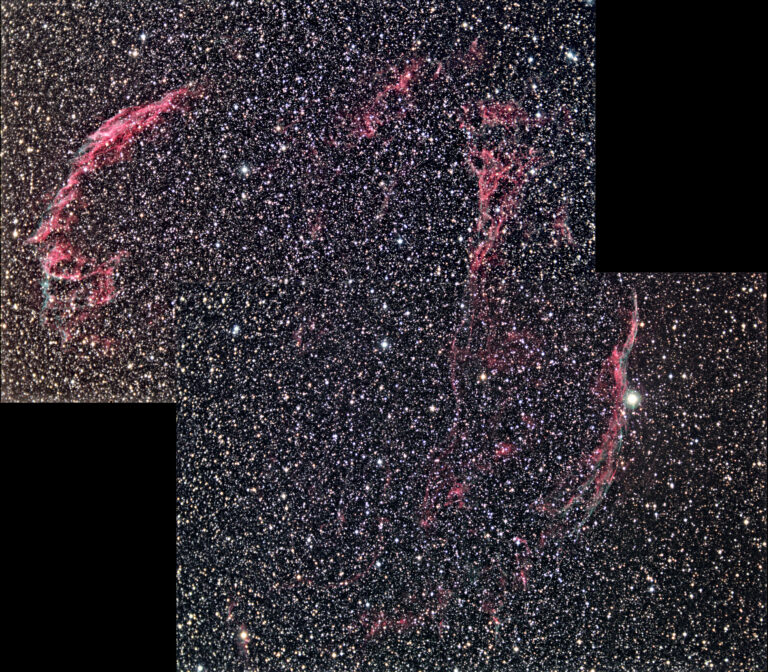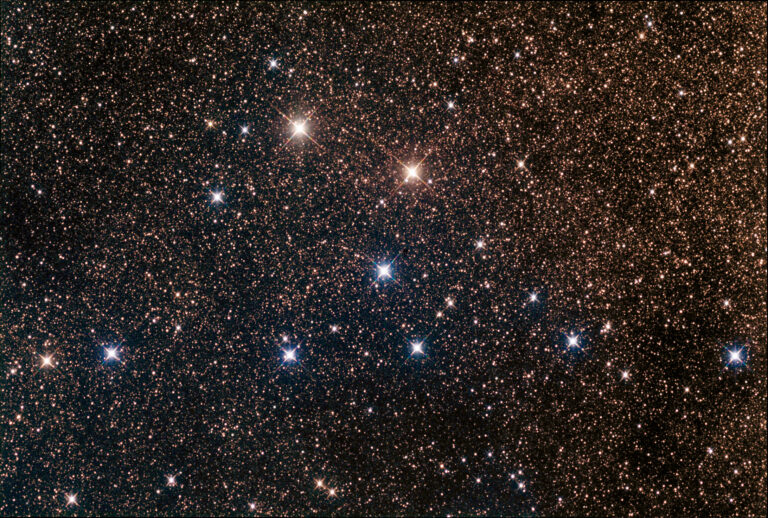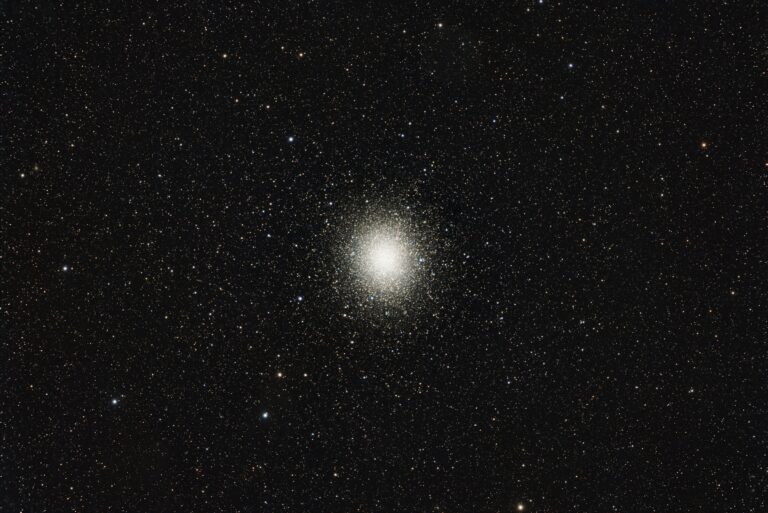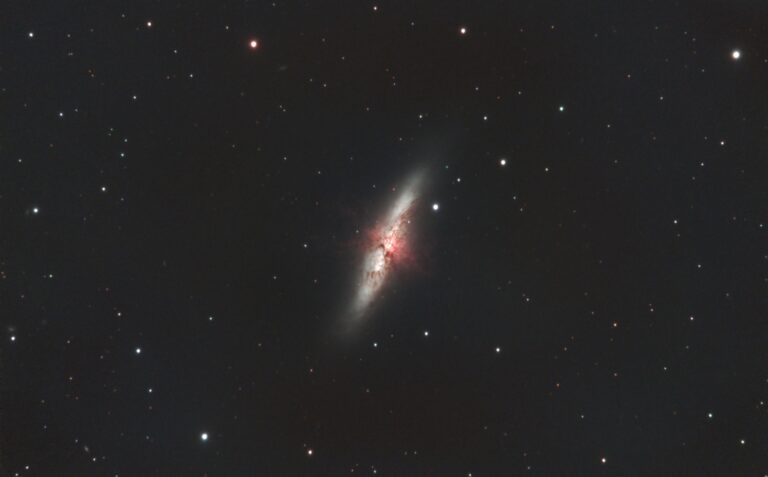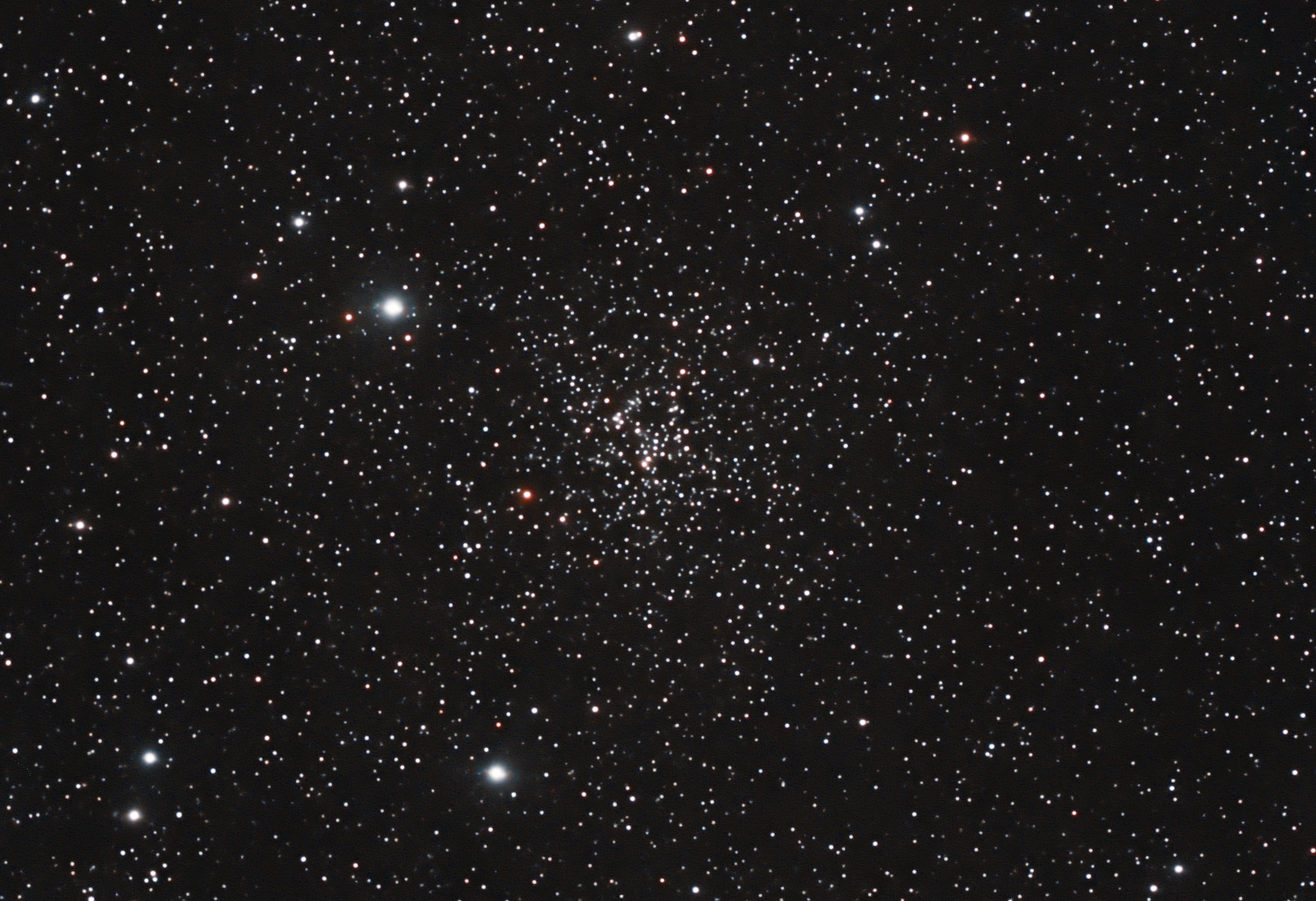
Key Takeaways:
- The author recounts their rediscovery of observing NGC (New General Catalogue) objects, spurred by receiving a 4-inch reflector telescope in 1960 and Becvar's Atlas of the Heavens.
- The NGC, containing 7,840 celestial objects, is described as a comprehensive catalog expanding upon earlier Herschels' work, contrasting with the more popular Messier catalog.
- Utilizing a modern Celestron Origin smart telescope, the author captured images of various NGC star clusters from a light-polluted urban environment in San Antonio, Texas, highlighting their aesthetic appeal despite the challenging conditions.
- Several NGC clusters (e.g., NGC 457, NGC 288, NGC 1502, NGC 663, NGC 654, NGC 7789, NGC 7142, NGC 7419, NGC 188, NGC 6834, NGC 6819, NGC 6934, NGC 6709, NGC 6633) are presented with accompanying images, showcasing their visual characteristics and prompting readers to observe them.
This is a tale of rediscovery. I have been an astronomer for more than half a century. My current observing concentrates on showcase nebulae and galaxies or the pursuit of fine lunar detail. But recently, I had a reawakening that transported me back to when I received my first “serious” telescope, a 4-inch reflector, at Christmas 1960.
At the time, I lived on a ranch midway between San Antonio and Laredo, Texas. To say that night sky was dark is to reminisce about what few modern astronomers have experienced. My other Christmas gift, Antonin Becvar’s Atlas of the Heavens, was hot off the press. I saw the thousands of New General Catalogue (NGC) objects plotted in the atlas as a roadmap to the stars.
The real-world sky
The NGC is a listing of 7,840 celestial objects compiled in 1888 by the Danish astronomer John Louis Emil Dreyer. The catalog was an expansion of William and Caroline Herschel’s 18th-century observations and John Herschel’s General Catalogue of Nebulae and Clusters of Stars, compiled in the 19th century. You’ll quickly notice that the NGC star clusters follow the path of the Milky Way and are embedded within its hazy background, while NGC galaxies lie away from the obscuring dust and gas prevalent within the Milky Way.
The stars are just dots against the black night sky, but there is beauty in their collected pattern. Nature is a talented artist, and her starry creations are enchanting.
To the novice, most NGC objects bear a cold numeric designation — though some NGC clusters also have nicknames, notable examples being Caroline’s Rose (NGC 7789) and the Owl Cluster (NGC 457), both in Cassiopeia. The smaller but more famous Messier catalog can be considered the glamorized “Hollywood” version of the sky, filled with leading ladies and heartthrobs with endearing nicknames that excite all astronomers. But the NGC is the real-world sky, filled with the supporting actors that complete the cosmic theatrical production.
Picking out a favorite cluster is a subjective thing, but its aesthetic beauty carries more weight than its size. Some appear as a bright splash of stars in front of a fainter starry backdrop. Others are shrinking violets that hide behind a shower of brighter foreground stars, almost indistinguishable from the starry background. An artistic small star pattern can be more endearing than a larger scattershot star pattern. Colorful or bright foreground stars can transform an otherwise mediocre cluster into a charming piece of celestial jewelry.
Imaging some clusters
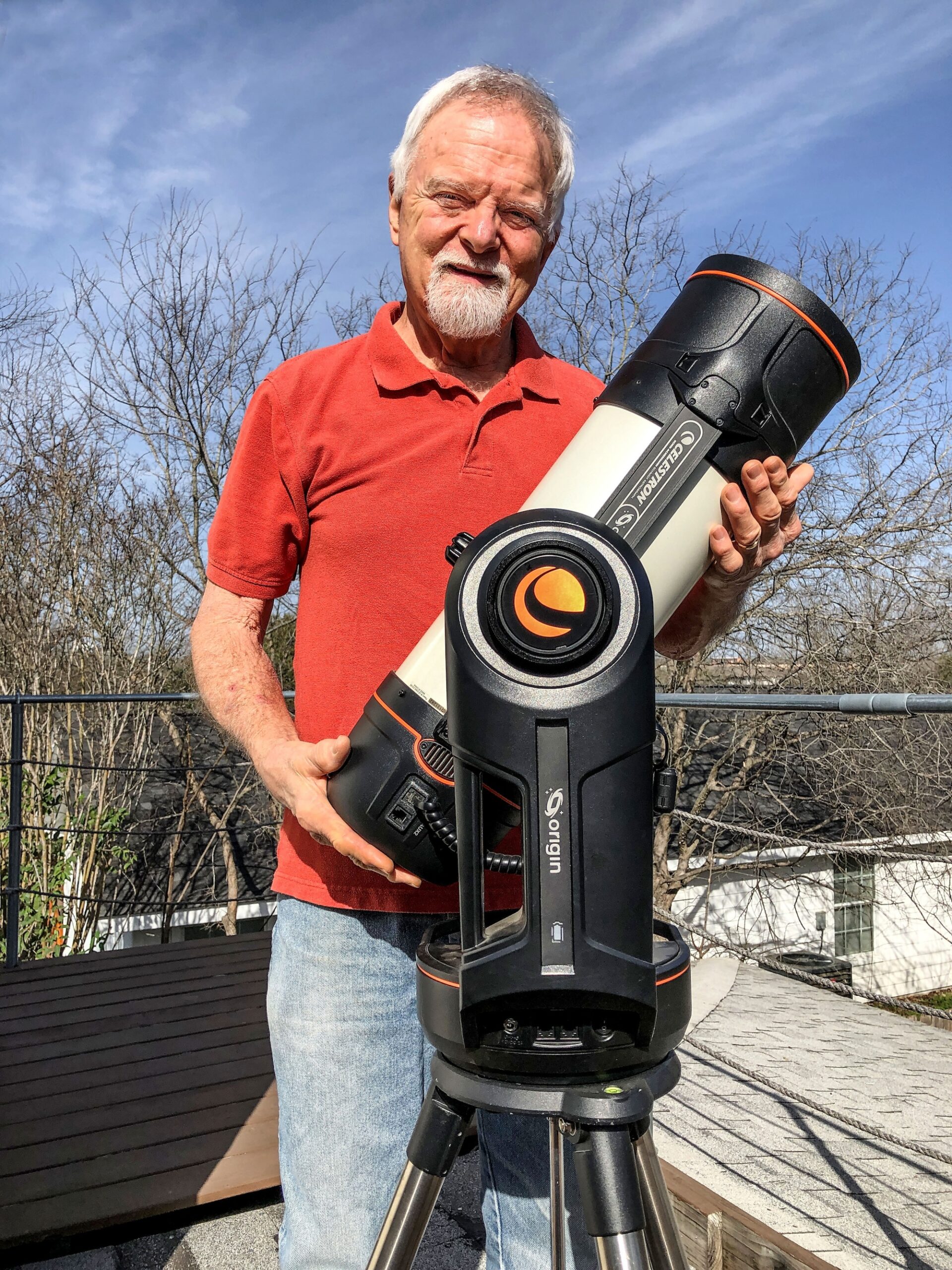
Recently, I acquired a Celestron Origin telescope, a new entry in the growing field of smart telescopes. I appreciate the aesthetics of a stunning eyepiece view, but the realities of a four-hour round trip to reach a dark site make purely visual observing an infrequent event. I quickly discovered that from a bright urban environment, the Origin, an instrument made for imaging, can transmit stunning images to my smartphone.
REVIEW: The Celestron Origin is the smartscope powerhouse we’ve been waiting for
The Origin’s onboard processing produced images that look like views through a 20-inch telescope under a dark sky. I was amazed at how the Origin swept up hundreds of beautiful nebulae and clusters despite being landlocked within an island of urban light pollution.
I captured the images in this story with my Origin from the center of San Antonio, Texas, a city of 2 million people. The only modification I made to the Origin was to install Celestron’s nebula filter specifically designed for the instrument.
The arc of the summer Milky Way in Cygnus to Sculptor in the fall season offers many alternatives to the familiar Messier objects. When I acquired the Origin telescope in July, both Sagittarius and Scorpius were behind trees as seen from my observatory, so I began reacquainting myself with the best clusters in Ophiuchus.
I think these NGCs rival their Messier counterparts. I invite you to observe them and see if you agree. Happy star hunting!


